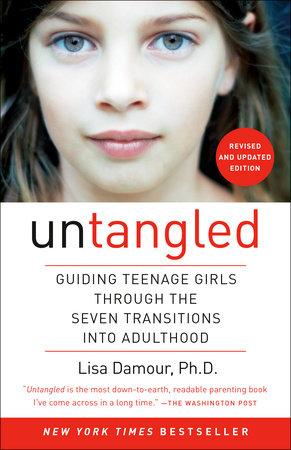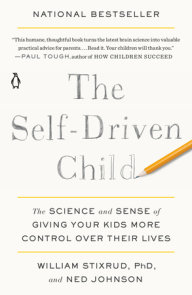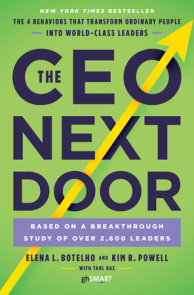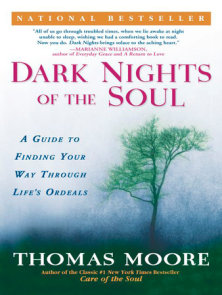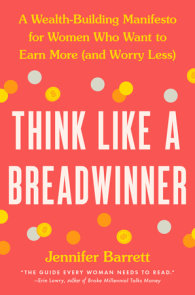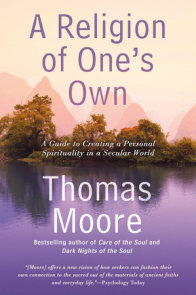TEACHING GUIDE
NOTE TO TEACHERS
Please click on the PDF link at the bottom of this page to download the Teacher’s Guide.
INTRODUCTION
CHANGING HOW WE TALK ABOUT TEENAGE GIRLS.
What comments have people made to you when they learn that you educate teenage girls? How do those comments fit with your experience of working with your students?
THINKING IN TERMS OF DEVELOPMENTAL STRANDS.
Different developmental strands are salient for students of different ages. Which developmental strands are likely to be most relevant for the grade levels you work with?
CHAPTER ONE: Parting with Childhood
COMPETENT, AND NOT.
Most girls have arenas where they feel themselves to be less capable than they really are. Can you think of an example where you saw this in action at school? How did you handle it? Might you handle it the same way again?
13 GOING ON 30.
How have you observed girls experimenting with acting older than they are? When has this felt, to you, like grounds for concern?
CHAPTER TWO: Joining a New Tribe
POPULAR VS. POWERFUL.
What do you see as costs and benefits for: 1) girls who have many social connections because they are broadly liked, and 2) girls who have many social connections because they are willing to be unkind to their peers?
LOYALTY CONFLICTS.
What steps should schools take to encourage girls to alert adults when a peer has a serious problem? What keeps girls from turning to adults when they are really worried about a friend?
CHAPTER THREE: Harnessing Emotions
EMOTIONAL EMERGENCIES.
What role should teachers play in helping girls when they become very upset at school? How can schools determine when they are offering too much or too little psychological support?
BUILDING COPING.
What role should schools play in helping girls learn skills for coping with emotional stress? Are there particular coping strategies that lend themselves to being taught in school settings?
CHAPTER FOUR: Contending with Adult Authority
LOOKING FOR FRICTION.
What are the minor rules students tend to break at your school? What rule infractions bother you the least and the most? How does your school respond to students’ efforts to find low-grade friction with the adults in the building?
GROUNDS FOR CONCERN.
Can you think of a student who routinely defies authority? How do you understand her behavior? With students who consistently look for trouble, what’s the proper school response? Should it be disciplinary, therapeutic, or some combination of both?
CHAPTER FIVE: Planning for the Future
WHO DRIVES?
When a student struggles academically, what approaches have you seen parents take that are least helpful? What approaches have you found to be most helpful?
TENSE ABOUT TEST.
What seem, to you, to be the most common causes of test anxiety? What solutions have you found to be effective for test anxiety?
CHAPTER SIX: Entering the Romantic World
SEX ED.
How does your school take up the work of educating girls about human sexuality and healthy relationships? What steps, if any, are taken to ensure that the school community serves as a safe environment for all students, regardless of their sexual orientation or gender identity?
AFTER HOURS.
What role can or should schools play in helping parents guide their daughters’ entry into the romantic world? What role should schools play in regulating practices such as “grinding” at school dances?
CHAPTER SEVEN: Caring for Herself
EATING AND SLEEPING.
How does your school manage topics such as nutrition, weight, and eating disorders (in physical education, health classes, or elsewhere)? Do you feel that these topics are well-handled, or is there room for improvement?
DRINKING AND DRUGS.
What are the educational and disciplinary practices at your school regarding the use of alcohol or illegal drugs? Are you in agreement with your school’s approach? Why or why not?
×
Become a Member
Just for joining you’ll get personalized recommendations on your dashboard daily and features only for members.
Find Out More Join Now Sign In








